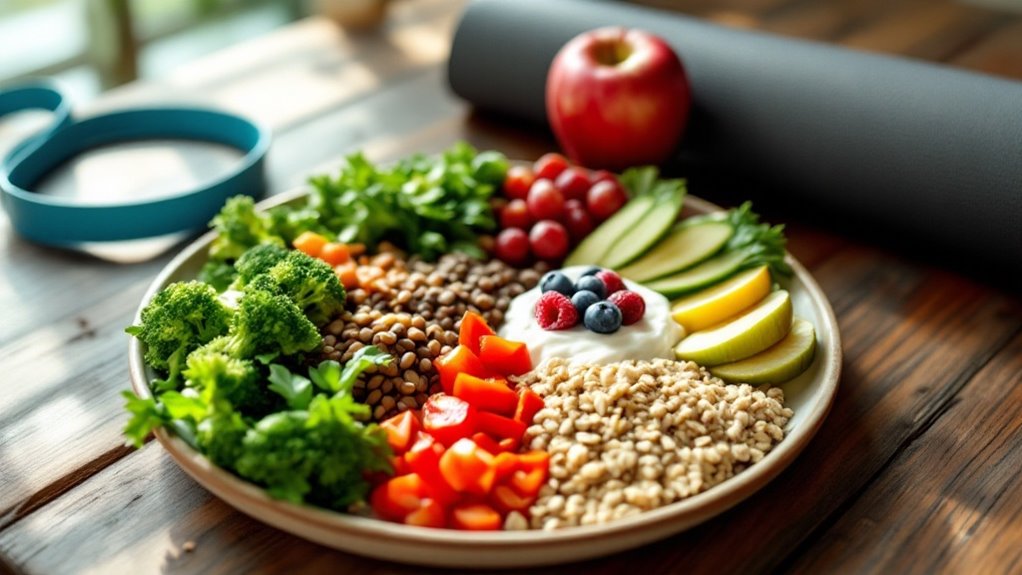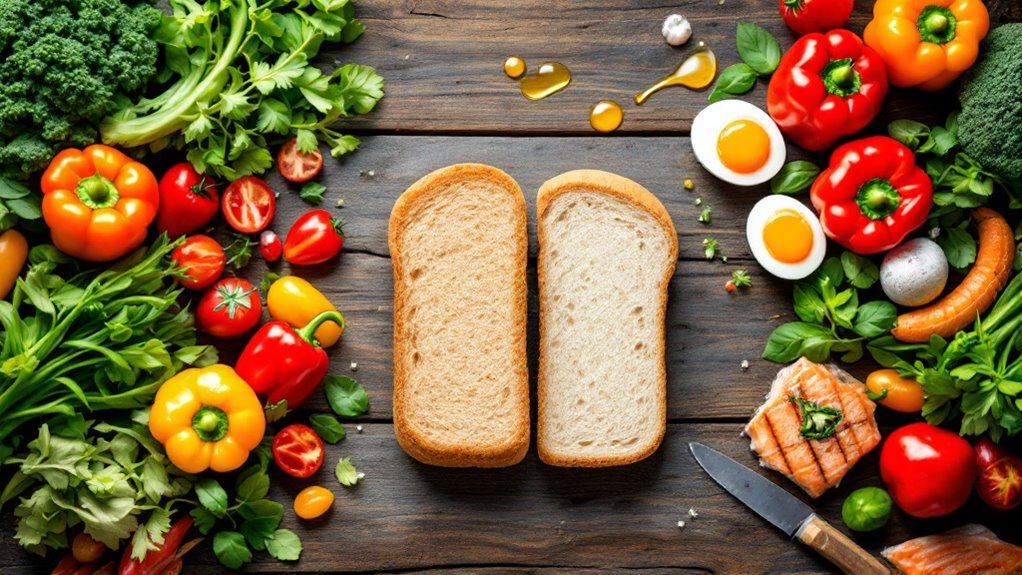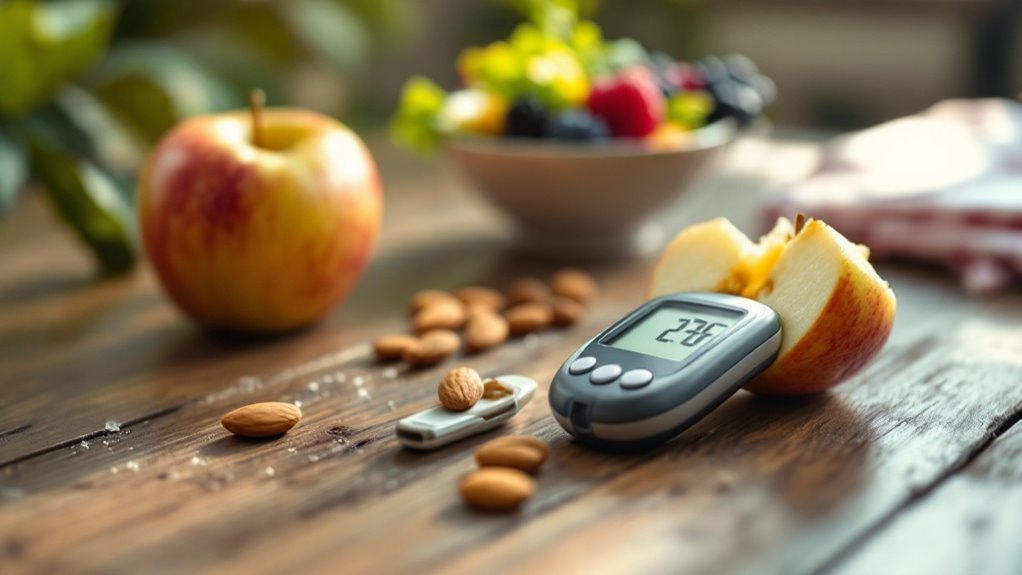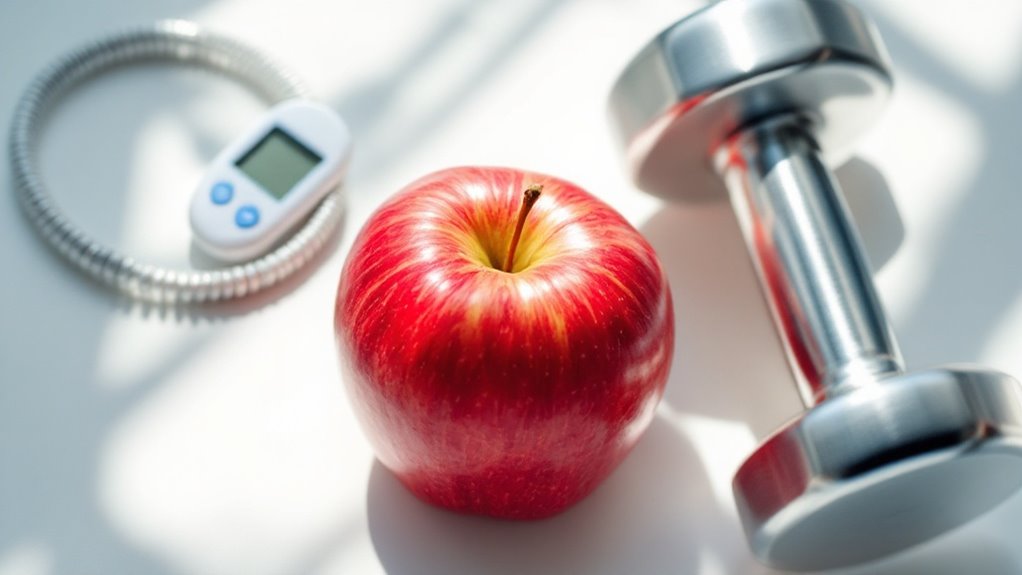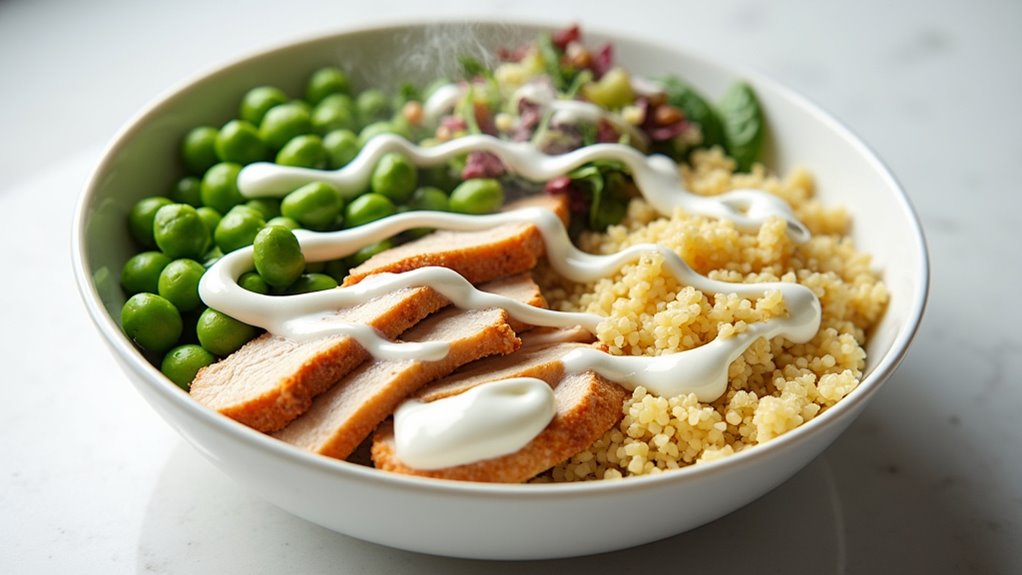Preventing insulin resistance isn’t rocket science, but it demands daily dedication. Regular exercise, especially after meals, acts as a metabolism booster. Smart food choices matter – think fiber-rich whole foods instead of processed junk. Quality sleep and stress management aren’t optional extras; they’re metabolic necessities. Nearly half of Americans under 45 face this metabolic rebellion, but simple lifestyle tweaks can flip the script. The path to better insulin sensitivity starts with the next choice you make.

Nearly half of Americans under 45 are hurtling toward a health crisis they don’t even see coming: insulin resistance. The cells in their bodies are slowly becoming stubborn, refusing to respond to insulin’s desperate attempts to manage blood sugar. And yes, it’s as bad as it sounds.
Insulin resistance is silently stalking millions of Americans, turning their cells against them in a dangerous metabolic rebellion.
The good news? This metabolic nightmare isn’t inevitable. Simple lifestyle changes can stop insulin resistance in its tracks. Let’s start with the obvious: moving more. Regular exercise isn’t just about looking good in swimwear – it’s about making cells play nice with insulin again. A simple walk after meals can do wonders. Who knew a quick stroll could be so powerful? The combination of both resistance and aerobic training provides the best results for improving insulin sensitivity. Proper workout timing can help prevent dangerous blood sugar spikes throughout the day.
Diet matters too, and no, that doesn’t mean living on kale smoothies. Focus on whole foods, particularly those packed with fiber. Think oats, lentils, and broccoli – not the most exciting menu, but your pancreas will thank you. Even a modest weight loss can significantly improve how your body responds to insulin.
And here’s a shocker: yogurt and apples aren’t just snacks; they’re prebiotic powerhouses that support gut health and insulin function.
Sleep isn’t just for beauty – it’s a metabolic necessity. Getting seven to nine hours of quality shut-eye each night keeps insulin sensitivity in check. Crazy thought: maybe binge-watching Netflix until 2 AM isn’t the best metabolic strategy.
Stress management matters too. Meditation, yoga, or whatever helps keep cortisol levels from going haywire.
Age, family history, and ethnicity play their parts in insulin resistance risk, but don’t use that as an excuse to give up. Regular check-ups with healthcare providers can catch early warning signs.
And for those taking medications like glucocorticoids or dealing with conditions like PCOS, extra vigilance is key.
The path to avoiding insulin resistance isn’t complicated, but it requires consistency. It’s about making smart choices daily, not perfect ones occasionally. Cut back on processed foods, move more, sleep better, and manage stress. Simple? Yes. Easy? Not always. But it beats the alternative of joining the growing ranks of Americans facing diabetes and its complications.
Frequently Asked Questions
Can Insulin Resistance Be Reversed Once It Develops?
Yes, insulin resistance can often be reversed, especially in its early stages.
The key? Lifestyle changes. Regular exercise and a healthy diet work wonders. Dropping excess weight – particularly belly fat – makes a huge difference.
Sleep matters too, surprisingly enough. Some people might need medications like metformin to help, but the body’s pretty remarkable at bouncing back when given the right tools.
No magic pills though – just consistent effort.
Do Genetics Play a Role in Developing Insulin Resistance?
Genetics absolutely play a role in insulin resistance. Over 350 genomic locations are linked to this metabolic party-crasher.
Some people hit the genetic lottery – and not in a good way. Their DNA makes them more susceptible to insulin resistance, especially when combined with lifestyle factors.
But here’s the kicker: having “bad” genes doesn’t mean you’re doomed. Lifestyle changes can still override genetic predispositions.
What Medications Are Commonly Prescribed to Treat Insulin Resistance?
Metformin leads the pack as the go-to medication for insulin resistance.
It’s pretty effective at lowering blood glucose and making muscles more sensitive to insulin.
Then there’s the TZDs – pioglitazone and rosiglitazone – which also help the body respond better to insulin.
Doctors often prescribe these medications solo or tag-team them together.
Not exactly a buffet of options, but they get the job done.
At What Age Does Insulin Resistance Typically Begin?
Insulin resistance can start surprisingly early – even in mid-childhood, years before puberty hits.
There’s no magic age, though. It’s a sneaky condition that develops gradually, influenced by genetics, diet, and lifestyle. Some kids show signs by age 10, while others might not develop it until adulthood.
Puberty’s hormonal chaos definitely doesn’t help, often making insulin resistance worse.
The kicker? Many people don’t even know they have it.
How Often Should I Get Tested for Insulin Resistance?
Regular screening starts at age 35 for most adults, but earlier with risk factors.
No official screening for insulin resistance itself – doctors typically test for prediabetes or type 2 diabetes instead.
Got risk factors? Get checked more often.
Overweight or obese? You’re up for testing.
Normal results mean retesting every 3 years, but annual checks if you’ve got multiple risk factors.
Family history matters too.
